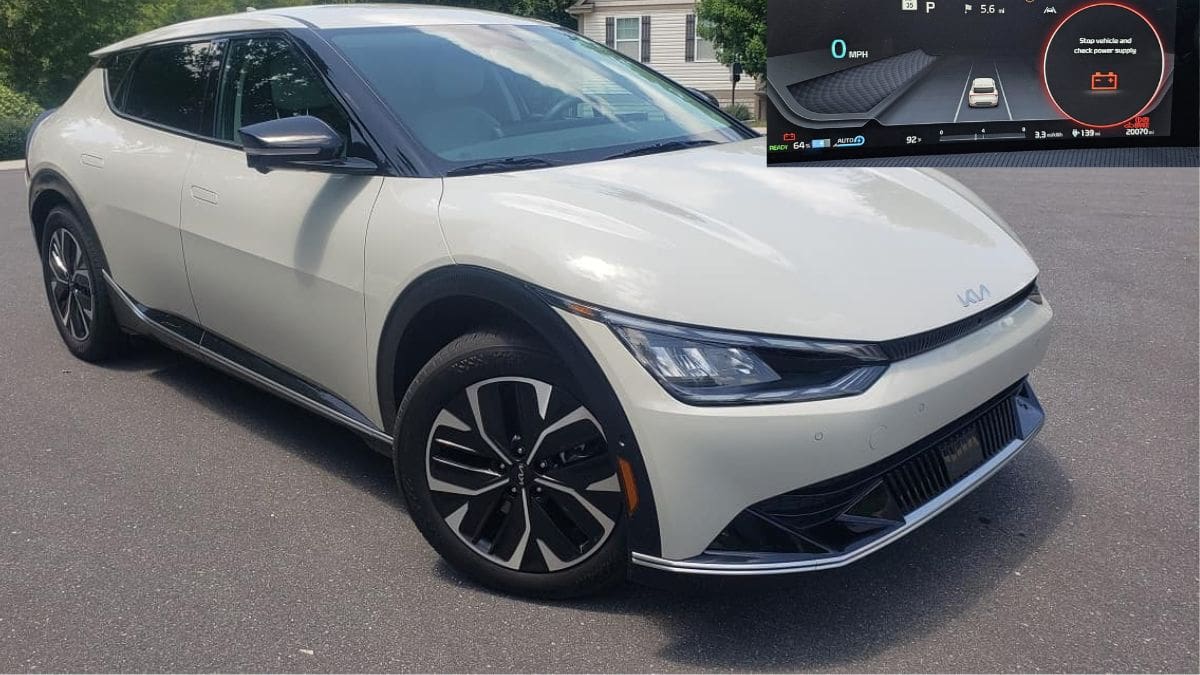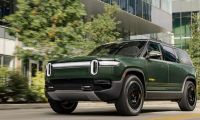It’s not every day that a post in an EV owners’ group sparks genuine admiration and polite disbelief in equal measure, but a few days ago, a member named SightSee EV did just that. While some EV6 owners wrestle with warning lights, flatbed tows, or long waits at the dealership, he shared what many would call an outlier experience: nearly 75,000 miles of problem-free electric driving. And it didn’t come with a long list of repairs or warranty calls, just three routine replacements - one of them a voluntary upgrade.
SightSee EV wrote the following in the Kia EV6 Owners USA public Facebook group:
"I am happy to report that I am about to cross 75,000 miles with zero problems. Replaced the 12 volt at 38,000 miles with an upgraded version with 5 year warranty. Other than new tires at 54,000 and new wipers I have had no problems. We have driven from Mexico to Canada and a wide swatch of the mid west."
That kind of statement can stop a reader cold, especially given the volume of owners in the same group reporting everything from bricked vehicles to ICCU failures and long-term dealer limbo. SightSee’s post was met with praise and even a little envy, as one member, Barry Schader, replied:
"Congratulations! Mine has about 11k miles and went dead 103 days ago. It's sitting on the dealer's lot and I've got a Chevy Malibu rental."
These two experiences could not be more different. One driver is quietly crossing state and international borders with no issues. Another is on day 103 without his EV6, relying on a rental and waiting for dealer resolution. And this contrast raises a deeper question: Is this kind of long-term EV reliability unusual, or just underreported?
An EV6 That Just Works: The Value of Proactive Maintenance
One subtle yet important detail in SightSee’s post is his 12-volt battery replacement at 38,000 miles. This is not always a reactive repair. Many owners in the EV community have started proactively swapping the factory-installed 12V battery for higher-quality AGM or lithium alternatives with longer warranties, especially after hearing stories like this one where a dead 12V stranded an EV6 after just 11,500 miles.
For EVs, the humble 12-volt battery is the gatekeeper for startup, charging handshake, and even basic vehicle communications. If it dies, your $50,000 vehicle may act like a brick. SightSee's experience suggests that replacing it before it fails could be one of the most overlooked steps toward long-term peace of mind.
Add to that a set of new tires and fresh wipers, and you’re looking at a very normal service history: something you’d expect from a well-kept Camry, not a cutting-edge electric crossover.
The Long-Distance Story EV6 Critics Don’t Often Hear
Another part of SightSee EV’s experience worth highlighting is just how far and wide he’s driven the car: from Mexico to Canada and throughout the Midwest, without issue. For those curious about how the EV6 performs during long road trips, that might sound like an anomaly. But others have tested the EV6 over long distances and walked away with interesting, and at times surprising, results.
Torque News contributor Noah Washington recently reported a story, in which one EV6 owner took a 400-mile trip in an EV6 and compared driving at 65 mph versus 80 mph. The surprising result? Despite consuming more energy at 80 mph, he saved almost a full hour of drive time. In other words, if you plan and understand your EV’s behavior, long-distance driving can be a strong point, not a weakness.
For SightSee EV, this means over 70,000 miles of road familiarity and confidence. But the broader truth is that not all owners have had that smooth of a ride.
The EV6 Ownership Gap: When Things Go Wrong and Stay Wrong
As inspiring as SightSee EV’s story is, it only tells half the story. For some owners, the experience has been more frustrating than freeing. Take the case of Chris Patterson, who at 20,000 miles received a “Stop the vehicle and check power supply” warning on his EV6. After AAA misdiagnosed it as a battery issue and $250 later, the car had to be flatbed towed to a Kia dealer, where he was told they had never replaced that particular $2,100 part before.

The story didn’t end there. Chris was given a loaner, which had a flat tire the moment he drove it away. Then another loaner. The dealer had to send someone to pick up a clip from another location. His story is a reminder that even a great EV design can’t outpace an unprepared service department.
In even more extreme cases, like with the Kia EV9, a Torque News report documented a $65,000 EV9 sitting untouched at a dealership since December 2nd, allegedly over a rat and painfully slow dealer response.
What We Can Learn From High-Mileage Owners Like SightSee EV
SightSee EV’s success story is more than just a feel-good post. It’s a blueprint for practical EV ownership. He didn’t wait for things to fail. He upgraded before trouble started. He didn’t assume EVs are magic, maintenance-free pods. He did the little things that matter, like staying ahead of battery issues and tracking tire wear.
His story also shows that consistency and care may quietly beat the odds, even if the online forums often spotlight the worst-case scenarios.
The moral here? If you own or are shopping for an EV6, your experience may be better than you expect, but only if you respect the technology, stay engaged, and don’t treat routine maintenance as optional just because there's no oil change.
Practical Steps to Keep Your Kia EV6 Reliable Past 75,000 Miles
SightSee EV’s success might seem rare, but it’s also repeatable. If you want your EV6 to go the distance with minimal drama, here are a few smart steps you can take, inspired directly by his experience and what other owners have learned the hard way:
- Replace your 12V battery proactively around 30,000 to 40,000 miles. Consider choosing a higher-quality AGM or lithium battery with a longer warranty.
- Check tire wear and rotate consistently. While tires are expected to wear out, uneven wear can also be a sign of alignment or suspension issues developing early.
- Update your software regularly at the dealer or via over-the-air updates when available. These updates often include critical fixes for ICCU logic, charge behavior, and thermal management.
- Drive and charge moderately. Avoid frequent DC fast charging unless necessary, and don’t always charge to 100 percent unless you’re road-tripping.
- Keep records and log patterns. If anything unusual happens - even briefly - write it down. This helps you describe issues better and spot early warning signs.
You might also want to use a basic OBD-II reader with EV diagnostic apps to monitor your battery’s health and charging stats. Some owners who took this step spotted low cell voltages or abnormal current draw before any warning lights came on. These are small habits, but over time, they can be the difference between a quiet 75,000-mile journey and a 103-day dealership nightmare.
Have you had to replace your 12-volt battery in an EV earlier than expected, or have you made any upgrades that improved your EV’s reliability? How has your EV6 or EV9 held up during long-distance trips? Share your experience in the comments below.
Armen Hareyan is the founder and Editor-in-Chief of Torque News. He founded TorqueNews.com in 2010, which since then has been publishing expert news and analysis about the automotive industry. He can be reached at Torque News Twitter, Facebook, Linkedin, and Youtube. He has more than a decade of expertise in the automotive industry with a special interest in Tesla and electric vehicles.
Image source: SightSee EV's Kia EV6 image from the above-mentioned public group on Facebook and used for news-reporting purpose. The second image is by Armen Hareyan.











